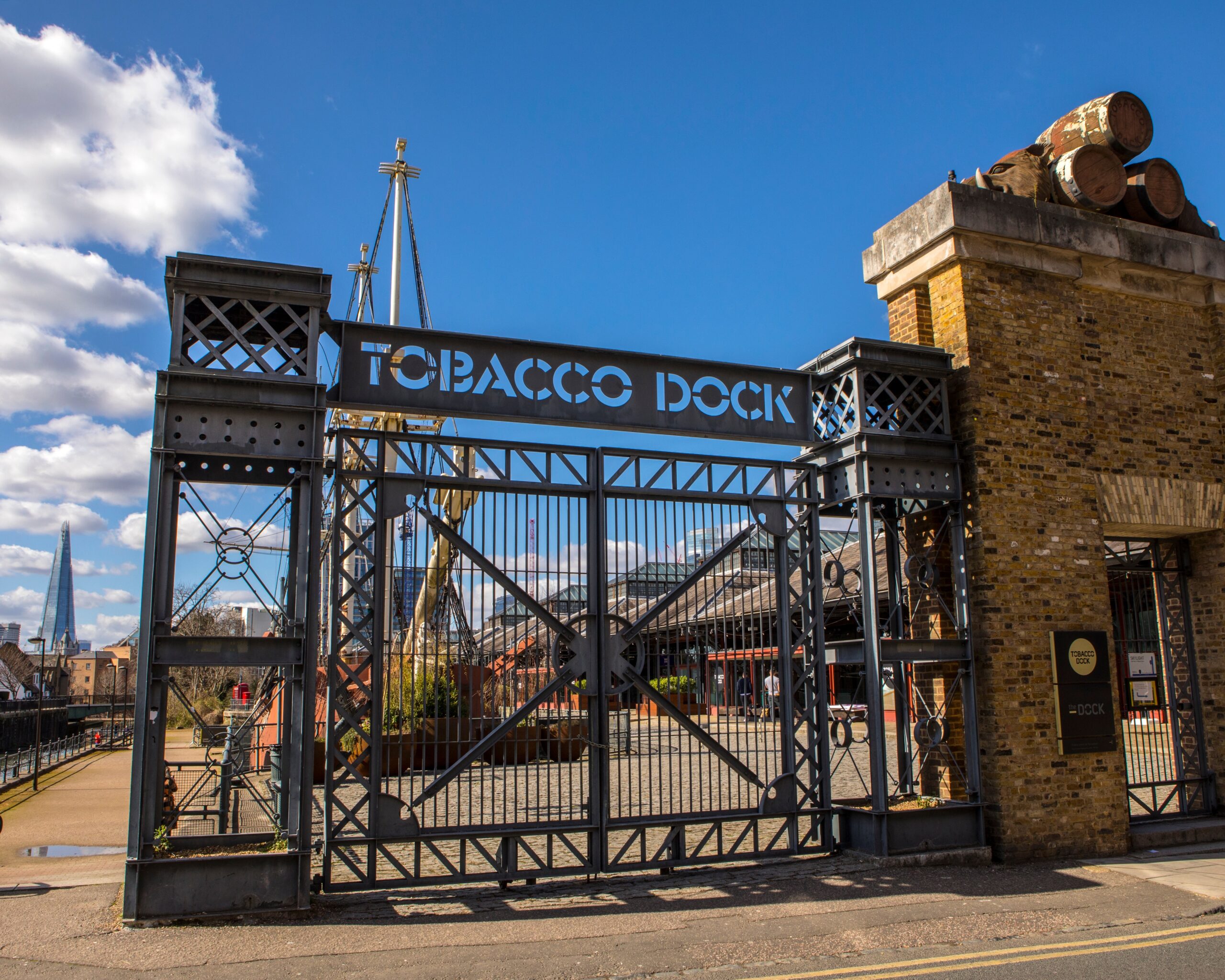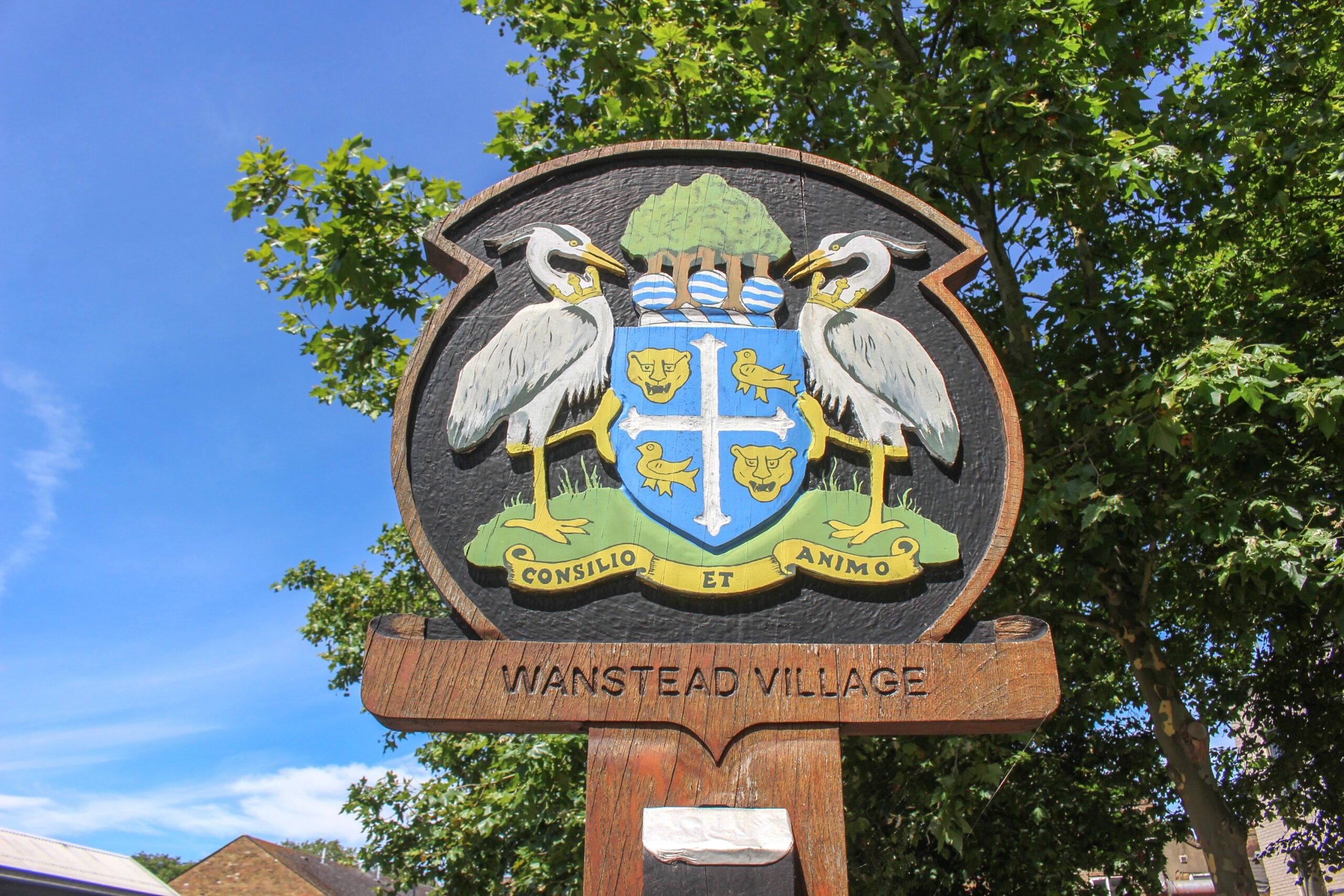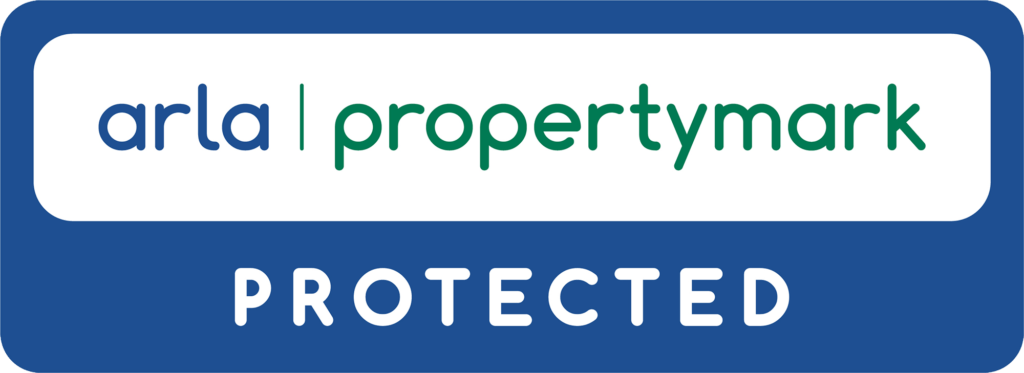Families settle in Clapham for its roads of Victorian and Edwardian houses, the green expanse of Clapham Common and its bustling streets of independent shops, cafés and restaurants.
This well-heeled district is one of the last places in London that anyone today would associate with dissent. Yet 200 years ago, a group of devout Christians who became known as the Clapham Sect worshiped together at Holy Trinity Church on Clapham Common.
Their number included William Wilberforce, Zachary Macaulay, Henry Thornton and Henry Venn and his son John (1759-1813), the Holy Trinity rector, and they planned their campaigns at the large table which can still be seen in the church to this day.Their most important cause was the abolition of slavery but they also founded the Church Missionary Society and fought for penal reform. A hundred years later Henry Thornton’s great-grandson, the writer EM Forster, credited a legacy from his aunt Marianne Thornton for giving him the freedom to write.
Many of Clapham’s streets celebrate this historic connection. Venn Street is now pedestrianised and hosts a popular Saturday market; Macaulay Road is lined with large Victorian detached houses, some of the most expensive in Clapham, while developer London Realty has chosen the name Thornton Park for its scheme of 300 new homes off Clapham Common South Side.
Clapham’s streets are full of surprises. During the Blitz the government built eight deep-level bomb shelters with the promise that once hostilities ended they would be linked to provide express Tube lines. Three of these shelters were built next to Clapham’s three Northern line Tube stations — Clapham North, Clapham Common and Clapham South.
The express line never materialised and the disused spaces are now mainly dedicated to storage. The exception is the Clapham Common deep-level shelter which is home to one of London’s most unusual enterprises, Growing Underground, a farm producing microgreens and salad crops for M&S and Whole Foods Market.
Clapham is three miles from central London with Battersea to the north, Brixton to the east, Balham and Streatham to the south and Wandsworth to the west.
Clapham has three Tube stations (Clapham North, Clapham Common and Clapham South) all in Zone 2 on the Northern Line. Journeys to the West End take about 15 minutes.
With a stop at Clapham High Street the Overground offers a link to Canada Water, Shoreditch High Street, Highbury & Islington and Clapham Junction. Clapham Junction, although in neighbouring Battersea, is a major rail interchange, with regular trains to Victoria and Waterloo taking between six and ten minutes.







